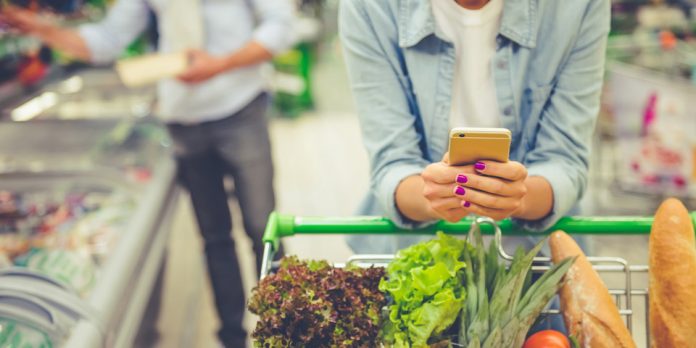The typical shopper of today is very different to that of yesteryear – or even pre-Covid.
According to Creative Activation’s fifth ShopperPANEL Retail Report, released in August:
- purchases are more planned than ever before, with shoppers spending less time in-store and being less likely to make purchases outside their primary intent
- stock issues are the biggest roadblock to ‘sale on the day’
- convenience and caution are driving the rise in online shopping.
While many of these shifts have been brought about by Covid-19’s impact on our way of life, some will stick around (and others will emerge). In this feature, we look at the changing shopper and how the FMCG industry is adapting to meet their needs.
Growth in online shopping
Online shopping is the new normal for many consumers in Australia. While there’s been talk about the shift to online for a long time, Covid-19 has given this much more momentum over the past year and a half, says GS1 Australia Manager Service Engagement Mark Blitenthall.
“Digital channels are multiplying and becoming increasingly important to a new generation of shoppers and, in doing so, are generating a larger proportion of sales revenue each year,” he says.
At the same time, he adds, shoppers are becoming increasingly demanding.
“They want more information on products as well as a consistent experience across channels and devices,” Mr Blitenthall said. “They’re coming to expect more transparency about product information (eg, nutrition and allergens) and it behoves brand owners to meet these expectations as far as possible.”
Info-hungry shoppers
Today’s shoppers are more connected than ever before. They can source information with the tap of a phone screen and can instantly share their experiences – whether good or bad – through social media.
Creative Activation Group Managing Director Gerard Feehan says the importance of on-shelf availability and ease of purchase for the connected shopper cannot be underestimated.
“Shoppers are researching their purchases online/on their phone before going to store,” he said. “They know what they want, more than ever, before they walk in-store, placing a huge emphasis on availability. If your brand isn’t visible and available, don’t expect shoppers to dwell and search.”
Shifts in shopping location, frequency and volume
Not long after the pandemic hit Australia, panic buying ensued. While shoppers gradually came to understand that essential retailers such as grocery stores would remain open, other factors impacting supply and inventory management have lingered.
Strikeforce Category and Insights Manager Stephen Wilson says Covid initially impacted heavily on inventory management and forecasting, with significant supply chain disruption and existing forecasts “going out the window”.
“Over the past 18 months, this has reverted back to a constant and ‘business as usual’, apart from some short-term disruption in areas where snap lockdowns are announced,” he said.
Fortunately, retail marketing experts such as Strikeforce have stepped to the fore and supported retailers and brands in maintaining supply and stock on shelves.
“In the main this support has enabled retailers and suppliers to maintain brand presence and solid stock weight at point of purchase,” Mr Wilson said.
Find out more about emerging shopper trends and how third-party sales and marketing specialists are supporting FMCG brands and retailers in the September issue of Retail World.





